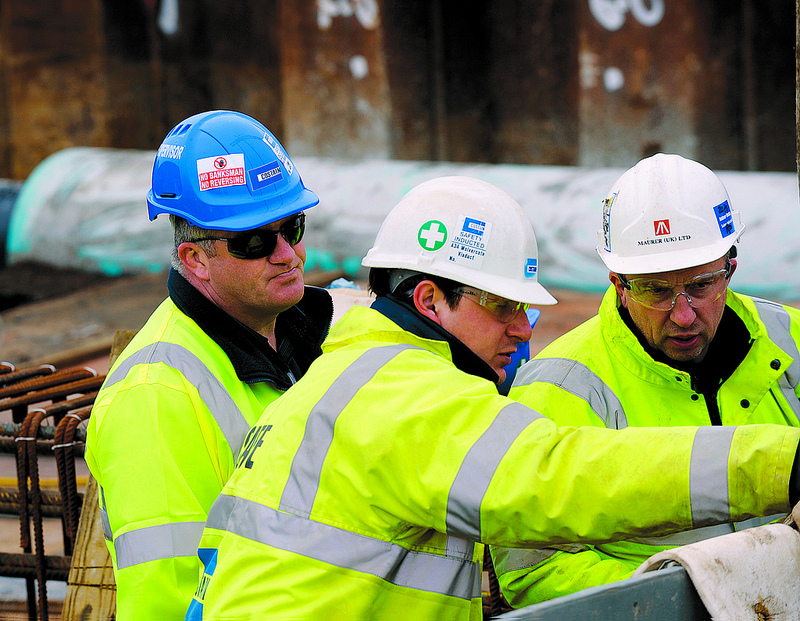If we’re being honest with ourselves, rework happens on nearly every construction project, whether it’s due to poor craftsmanship, field changes, or errors of omission. It’s fairly easy to determine what rework costs a contractor with regards to labor and material, but determining the true total cost is a whole different beast.
Fortunately, Jason Dougherty, Nigel Hughes and James Zack Jr. with the Navigant Construction Forum have put together a very informative and comprehensive report on the total impact rework can have on a particular job. The research paper includes data from a wide variety of construction projects, including buildings, heavy industrial, infrastructure, and light industrial, 179 projects in total. The data from these studies suggests that the median cost of rework, as a percentage of total project cost, is roughly 4%-6%, but that is only taking into consideration direct cost of reported rework.
Unsatisfied with stopping at direct cost, the researches at Navigant then turned their attention to overhead costs, which include managerial, supervisor, and site safety costs. With both the direct and indirect factors combined, it was determined that the median cost rework accounts for is 9% of the total project cost! We’ve talked about the declining field of skilled laborers in the past and this is another great reason to move quickly and deliberately in developing new talent in the industry.
Besides developing skilled laborers, how else can we attempt to lessen the effect of rework on our jobs? Navigant goes a step further and offers 7 more solutions:
1. Use BIM and Virtual Design and Construction
With features like clash detection, built in scheduling and cost modeling, BIM and VDC offers plenty of opportunity to detect possible issues before wasting money and time.
2. Stakeholder Participation Early and Often
Up front communication between all interested parties avoids confusion and possible changes.
3. Pre-Construction Design Freeze
After agreements are made, there must be a point in which no more changes can be made and the work can start without worry.
4. Review of Biddability
Any conflicting or unclear language, information, construction document elements, or scope items should be completely understood by all parties before bids are turned in.
5. Review of Constructability
Hiring an independent contractor or consultant is recommended to review all construction documents prior to start of construction.
6. Review of Operability
Gather all of the operational personnel of the site to be sure that the people actually using the building to determine potential changes that are inevitable to occur.
7. Previous Project Change Order Analysis
Many times, the best way to improve in the future is to learn from the past, which is why it’s important to review the change orders that occurred on previous projects.
The full article is definitely worth a read and can be found on the Construction Manager’s Asscoaition of America’s website.
The Impact of Rework on Construction & Some Practical Remedies | Jason Dougherty, Nigel Hughes, and James Zack, Jr., Navigant Construction Forum











